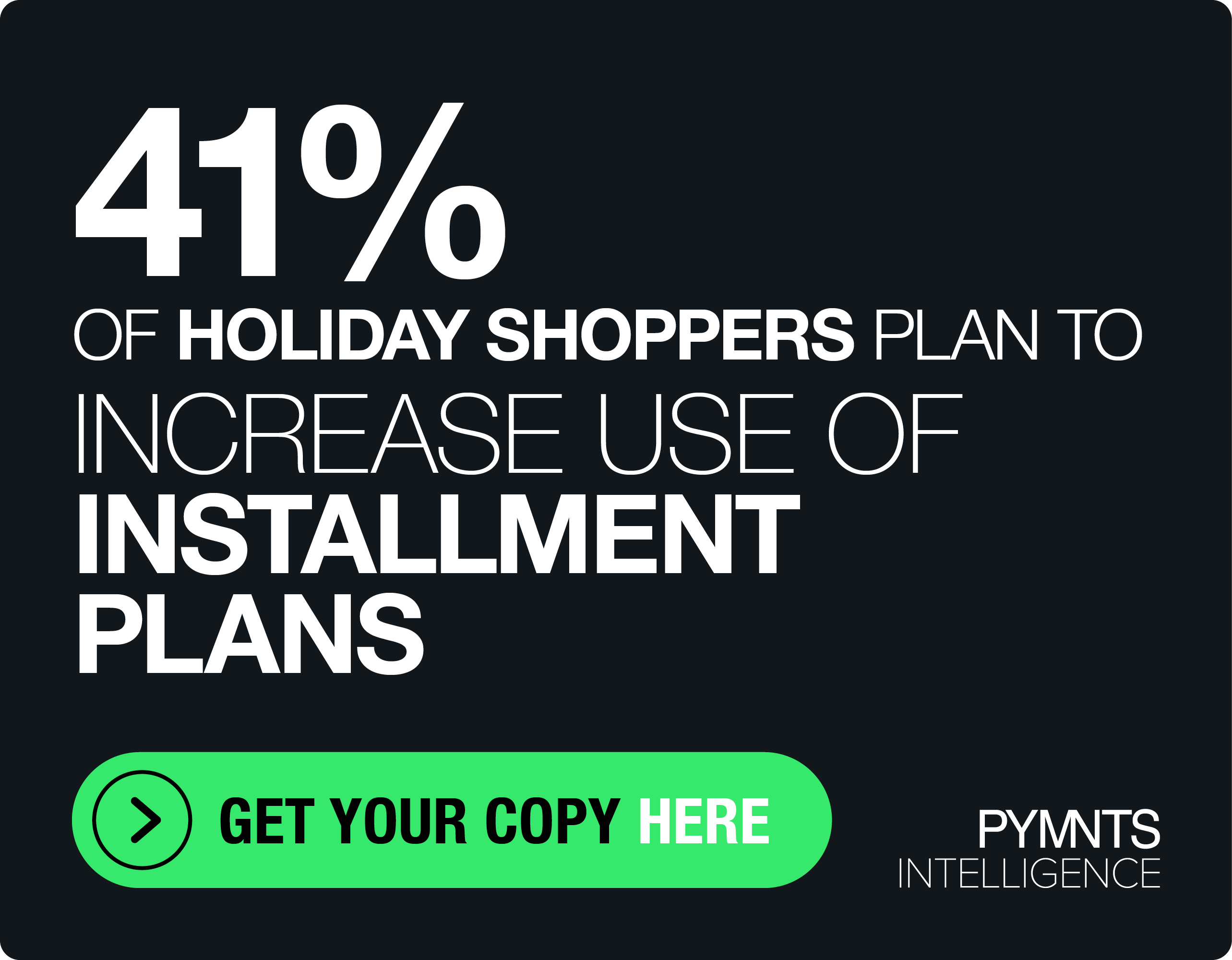Upfront Price Transparency Can Speed Health — and Healthcare — Recovery
The National Parks Service once used the slogan “Know Before You Go,” encouraging hikers to check weather and trail conditions first to head off difficulties. Healthcare should license that tagline in 2022.
In what we hope are the last days of the pandemic, hospitals, health systems and physicians are in recovery mode. However, a confluence of factors, from the consumerization of healthcare to legislation like the No Surprises Act, are forcing a sea change around estimated and actual healthcare costs.
To illustrate, PYMNTS research found that 33% of consumers opted out of seeking needed medical care during the pandemic largely from fear of incurring unknown medical debt. That’s on top of the widely reported fact that Americans owe $140 billion to providers.
Experian Health President Tom Cox told PYMNTS that giving accurate, upfront estimates and offering payment options is the path out of the endless healthcare cost and debt maze.
“Healthcare is one of the few things where you make a purchasing decision without actually knowing how much it’s going to cost you,” Cox said. “That’s not responsible for us generally.”
For their part, patients need to evolve and start asking for pre-treatment estimates, despite the awkwardness.
“We’re all patients [and it’s] an uncomfortable question to ask,” he said. “The first thing that comes to my mind is, ‘I wonder how much it costs?’ But generally, I don’t ask that question.”
However, he added: “That’s a question that is not only fair to ask, it’s a question that should be asked. The provider shouldn’t get offended and should be willing to answer that question before you make that purchase decision.”
See also: 33% of Consumers Have Opted out of Needed Medical Care Over Cost
Billing Complications
Not that estimating complete costs of medical procedures is easy for providers.
“Providers can’t always anticipate everything that’s going to happen when you show up,” Cox said. “Let’s take a surgery, for example, and they’ve given you a good-faith estimate at the beginning, but during the surgery, they incur something else. Then you’ve got the hospital, the anesthesiology, you’ve got the physician bills, you could have durable medical equipment.”
It doesn’t alter the fact that good-faith estimates are coming to healthcare. The No Surprises Act currently applies to uninsured and self-pay patients. At a date yet to be determined, good-faith estimates will be required for all patients, regardless of insurance status. And making all this happen will require a new level of collaboration between providers.
“We have the information to do so,” Cox said. “Really, it’s just working with all the constituents, the payers and the providers to give that information to the patients. Whereas five years ago we didn’t have the information, the good news is we now have the information. We can give the estimates. You will start to see this.”
He said in his view, it’s not just the fear of regulatory pressure but also the post-pandemic patient-as-consumer mindset expressing itself, demanding healthcare price transparency as they have elsewhere in a connected economy powered by the mobile internet.
“I think consumerism is driving that because there’s a whole new segment of patients that have grown up in the digital world,” he said. “That is their expectation.”
A primary way this can happen is through use of platforms that synchronize the sequence of treatment billing, making sure that deductibles, copays, insurance and other variables are squared away before any bills are sent to patients. Outside of that, it’s a free-for-all.
“I think coordination amongst the providers is the way to avoid that,” Cox said.
He described a personal encounter with this issue.
“I had a planned orthopedic event,” he said. “I went to the hospital and did pre-registration in person. They told me how much it was going to cost, and they would give me a 10% discount if I paid it in full. I happily did. Then, about six weeks later, I got a bill for five times my estimate because of the sequence of [billing]. They said, ‘Let us resubmit it,’ and then sent me a bill for $1,000. To this day, I honestly don’t know how much it really cost me.”
He added, “There has to be coordination, and today there is no coordination. They’re all independently dropping bills at different times to [insurance], and they get paid in sequence.”
Read more: Healthcare Payments Get Patient-Centered Overhaul in 2022
Weighing Quality, Cost and Convenience
Teaching patients to think like paying customers and getting a firm price quote before undergoing any treatment will be a process, but a necessary one with several benefits. To start, people need to change their criteria for healthcare estimates.
“A lot of times, the purchase decision is made on convenience,” Cox said, adding that they should be looking at quality and consistency, as well.
“Take something like an MRI where there’s not a huge amount of variability in the actual service, but there is a huge variability in cost,” he said. “Once you start making purchasing decisions based on the cost, it will force others to bring their prices down to be competitive.”
Cox added: “I think that everybody realizes that lack of visibility into your healthcare costs is an impediment to getting the care that you need. I do think it will make a difference.”
“Do I think it’s going to make a significant difference in 2022?” he said. “I would say ’22 is probably more of a preparation year, and 2023 is where you’ll really start to see the difference.”
See also: Healthcare Installment Options Proving a Curative for Common Payments Problems
